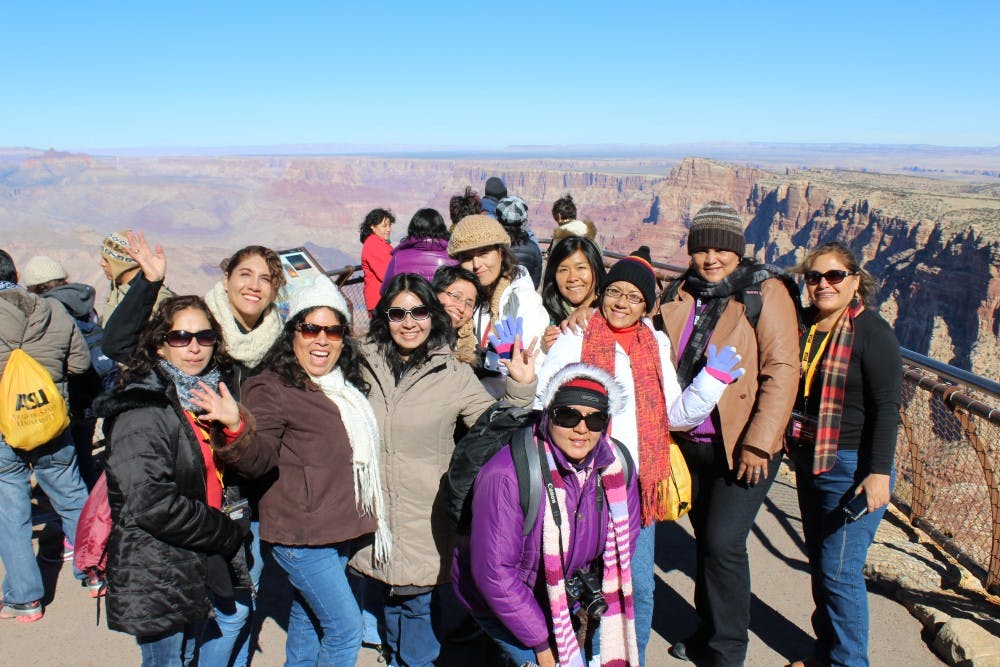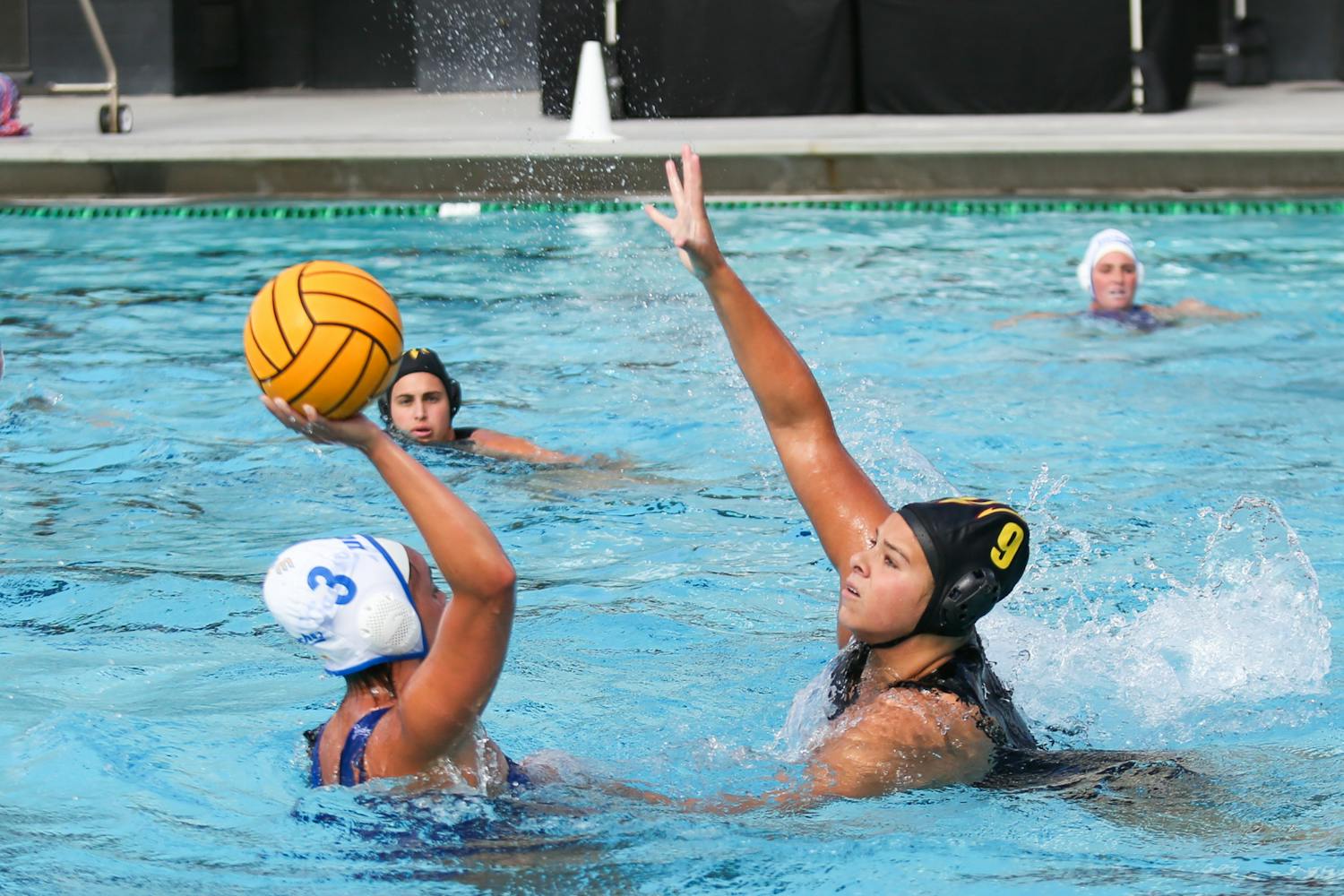Through ASU’s American English and Culture Program, 235 Peruvian public school teachers spent seven weeks polishing their reading and writing skills before returning to their school districts Friday.
The Peruvian teacher training program was an agreement signed between ASU and the Peruvian government in an effort to globalize English in South America, said Shane Dixon, the program’s academic director.
“Our goal is not only to help them teach English in their own classrooms, but to get every classroom to speak English in Peru,” he said. “We’re trying to get them to globalize English, starting with their schools, so that it’s everywhere.”
The Peruvian government had reached out to ASU to aid teachers as they incorporate English into the country’s public learning system. Dixon said Peru hopes to become competitors in the global economic and political markets.
“The idea is that, to be a player in the game, you’re going to have to have your citizens speak a good amount of English,” he said. “It’s the language of commerce, language of business, language of politics and the language of the Internet.”
Whether the program will be successful, however, relies on how the teachers use what they learned after they return, Dixon said.
“We don’t know how this (will turn out), as this is our first go around,” he said. “We’ve given them a lot of training, and it’s in their hands. We’re not just giving them a test that they do well on. They’re going to take these principles back to their country and they’re going to implement them.”
To structure the program, instructor Sulaf Reiker said she and the other instructors created multiple plans prior to participant arrival, including courses on content and language-integrated learning, teaching methodology and language skills.
“We didn’t really have a complete idea of what to expect, but I have to say that I’m pleasantly surprised,” she said. “They’ve been blowing it out of the water day in and day out since the first day they came in.”
While working together, Reiker said the instructors have bonded with the teachers.
“We think of them as our colleagues, really — not our students,” she said. “It’s like a professional development session every day.”
After the courses end Friday, the teachers will work to implement what they have learned in America in their own schools, said Jenny Huamani, a teacher from Lima, Peru.
“My classes are going to be full of speaking English,” she said. “If you want to speak English in Peru, you have to be exposed to the language, so I am going to teach my classes in English, little by little.”
Language immersion helped Huamani develop a better understanding of English in America, she said.
“We are from Peru and then we were in Arizona, where everybody is speaking English,” she said. “You are forced to learn how to speak it. Maybe it was hard the first day, but now? I can speak English, too. I don’t have to think about it.”
Huamani said studying in America made her love English.
“I am very happy I came here. I realize now why English is so important,” she said. “English opens doors to the world.”
Reach the reporter at aplante@asu.edu or follow @aimeenplante on Twitter.
Like The State Press on Facebook and follow @statepress on Twitter.





